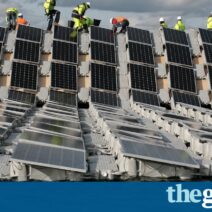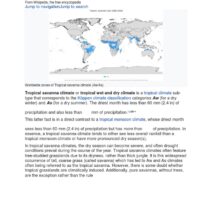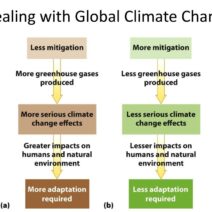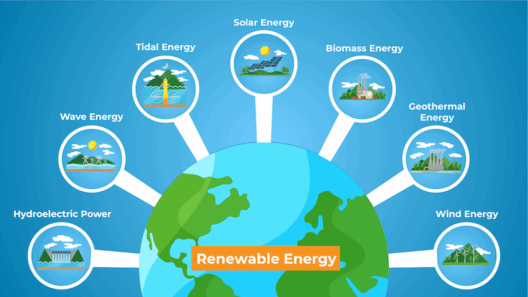Climate change is often likened to a runaway freight train, barreling down the tracks with an unsustainable momentum that threatens to run over everything in its path. The effects are glaringly evident: rising sea levels, scorching heatwaves, wildfires, and devastating storms. However, instead of helplessly standing on the sidelines, humanity possesses the tools to apply the brakes. Mitigation is imperative, and the question that looms large is: how can we effectively slow down and ultimately halt this calamitous trend? Implementing solutions that genuinely resonate can steer us away from disaster.
The first and perhaps most pivotal step in our mitigation journey is the inversion of our energy paradigm. Shifting from fossil fuels—those carbon-heavy behemoths that have driven our economies for over a century—towards renewable energy sources is essential. Solar, wind, and hydroelectric power stand not merely as alternatives but as imperative options in this green renaissance. By harnessing the sun’s boundless energy or the wind’s whispering currents, we can reduce our greenhouse gas emissions significantly. Imagine a world where homes are powered by the sun’s rays, and cities run on the endless gusts of wind. Such transformations are not just aspirational; they are achievable today.
Transitioning to renewable energy also dovetails with the enhancement of energy efficiency across all sectors. This involves rethinking how we consume energy in our daily lives. For instance, retrofitting buildings with energy-efficient materials and technologies is akin to dressing a building in a snug, thermal blanket. This insulation minimizes heat loss, reducing the dependency on heating systems during winter months. Simple changes, like switching to LED lighting or utilizing smart technology to adjust energy use based on occupancy, create ripples of impact that, collectively, can lead to a substantial decline in carbon footprints.
Transportation is another critical domain where substantial mitigation can occur. The transportation sector is one of the largest single contributors to greenhouse gas emissions. Transitioning from internal combustion engines to electric vehicles (EVs) serves as a linchpin for sustainable transport. The allure of EVs lies not only in their reduced emissions but also in their potential to integrate with renewable energy grids. Picture a future where your car is not just a vehicle but an extension of your home’s energy ecosystem, feeding energy back into the grid during times of abundance. This symbiotic relationship can buttress the stability of our energy systems while promoting climate resilience.
Moreover, public transport plays a paramount role in reducing our reliance on personal vehicles. Investing in bicycle lanes, efficient and clean public transit options, and pedestrian-friendly urban designs promotes a shift from solitary car journeys to collective transport solutions. This not only curtails emissions but also enhances the quality of urban life. Cities designed for people rather than cars resemble vibrant gardens rather than concrete jungles, fostering community, health, and well-being.
Land-use strategies also play a consequential role in climate change mitigation. The preservation and restoration of natural ecosystems, such as forests and wetlands, is tantamount to establishing nature’s lungs. Forests sequester carbon, while wetlands act as natural buffers against flooding. Reforestation and afforestation schemes are akin to planting seeds of hope—by nurturing these landscapes, we foster biodiversity and combat climate change. Simple measures like permaculture, which harnesses the principles of nature to create productive and sustainable land use, blend seamlessly into this ethos.
Agriculture, often viewed as a paragon of carbon emissions, presents an intrinsic opportunity for mitigation. Sustainable farming practices—like crop rotation, agroforestry, and organic farming—cultivate resilience not just within ecosystems, but also within food systems. By employing these practices, farmers can sequester carbon in the soil while increasing biodiversity. Imagine a farmland that acts as a sponge, absorbing not just rainwater but also carbon from the atmosphere, creating a virtuous cycle of productivity.
Furthermore, climate education and public awareness stand as critical architectures in our mitigation efforts. The catalysts driving change are well-informed citizens who understand the stakes of climate change. Education must go beyond simplistic rhetoric, delving into the nuances of climate science, sustainable practices, and the power of individual agency. A populace equipped with knowledge serves as the beacon guiding society toward sustainable choices. Every informed decision, whether it’s reducing meat consumption or supporting local businesses, contributes to a larger mosaic of change.
Finally, international cooperation is indispensable. Climate change knows no borders. It is paramount to engage in global partnerships and policy frameworks that unite nations in common goals. The Paris Agreement epitomizes such collective ambition, yet the real work hinges on translating these agreements into actionable local strategies. Each country must tailor its approach to suit its unique circumstances while contributing to a collective solution. The fight against climate change requires a symphony of global efforts, harmonizing distinct voices into a coherent strategy.
In conclusion, mitigating climate change is not merely a challenge; it is an opportunity to redefine our relationship with the planet. With a medley of solutions—from renewable energy and efficient transportation to sustainable agriculture and education—we can rein in this runaway freight train. It beckons a unified perspective, urging us forward into a future where humanity thrives in harmony with its environment. Ultimately, the choices we make today will echo through generations to come, crafting a legacy of resilience and sustainability that future inhabitants will cherish.
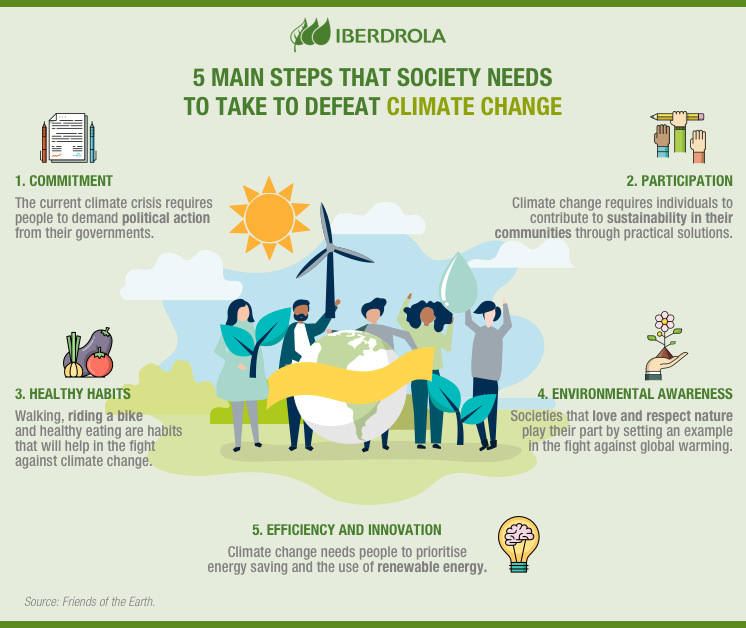
www.iberdrola.com
